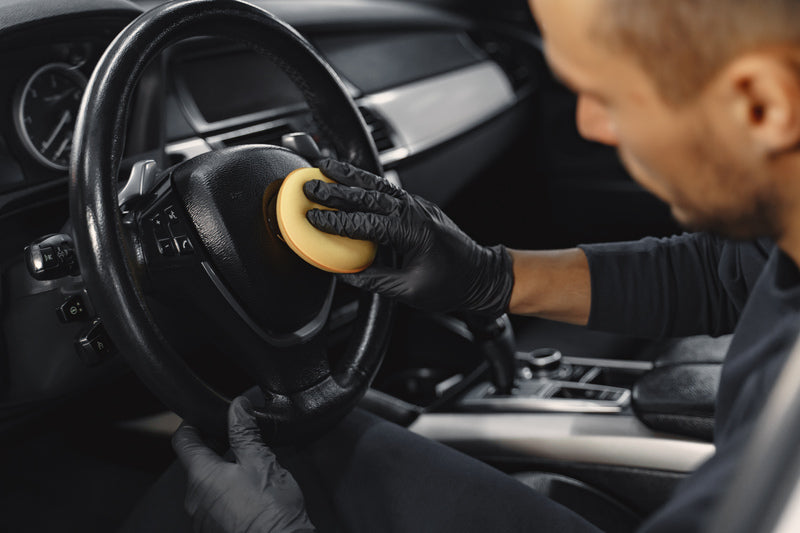In the realm of automotive care and aesthetics, ceramic coating has emerged as a buzzword, promising to transform the way we protect our vehicles. This innovative solution claims not only to enhance the appearance of cars but also to provide a durable shield against various environmental threats. But amidst the glowing testimonials and promotional hype, a critical question arises: Does ceramic coating really work?
Ceramic coating, to put it simply, is a liquid polymer that chemically bonds with the vehicle's factory paint, creating a layer of protection. Unlike traditional waxes and sealants that provide temporary solutions, ceramic coatings are designed for longevity, offering years of protection under optimal conditions. The science behind it is compelling, but the real measure of its efficacy lies in practical, everyday use.
Firstly, one of the most lauded benefits of ceramic coating is its incredible ability to repel water. This hydrophobic property ensures that water beads and slides off the surface effortlessly, reducing the risk of water spots and making cleaning a breeze. For those living in areas prone to heavy rainfall or those who dread the regular car wash, this feature alone can be a game-changer.
Moreover, ceramic coatings provide a formidable defense against various environmental pollutants, such as bird droppings, tree sap, and UV rays, which can cause oxidation and fading over time. By creating a barrier, the coating helps to preserve the integrity and vibrancy of the paint, extending the vehicle's aesthetic appeal and potentially its resale value.
However, it's crucial to temper expectations with reality. While ceramic coatings offer enhanced protection, they are not invincible. The longevity and effectiveness of the coating depend significantly on the quality of the application, the product used, and ongoing maintenance. Professional application is recommended to ensure that the coating is applied evenly and cures properly, but this can be a costly investment.
In conclusion, ceramic coating does work, delivering on its promise to provide a durable, protective layer for your vehicle. However, it's not a magic solution; it requires proper application and maintenance to fully realize its benefits. For those willing to invest in their vehicle's care, ceramic coating represents a worthwhile advancement in automotive protection technology, blending aesthetics with practicality.
Ceramic coating, to put it simply, is a liquid polymer that chemically bonds with the vehicle's factory paint, creating a layer of protection. Unlike traditional waxes and sealants that provide temporary solutions, ceramic coatings are designed for longevity, offering years of protection under optimal conditions. The science behind it is compelling, but the real measure of its efficacy lies in practical, everyday use.
Firstly, one of the most lauded benefits of ceramic coating is its incredible ability to repel water. This hydrophobic property ensures that water beads and slides off the surface effortlessly, reducing the risk of water spots and making cleaning a breeze. For those living in areas prone to heavy rainfall or those who dread the regular car wash, this feature alone can be a game-changer.
Moreover, ceramic coatings provide a formidable defense against various environmental pollutants, such as bird droppings, tree sap, and UV rays, which can cause oxidation and fading over time. By creating a barrier, the coating helps to preserve the integrity and vibrancy of the paint, extending the vehicle's aesthetic appeal and potentially its resale value.
However, it's crucial to temper expectations with reality. While ceramic coatings offer enhanced protection, they are not invincible. The longevity and effectiveness of the coating depend significantly on the quality of the application, the product used, and ongoing maintenance. Professional application is recommended to ensure that the coating is applied evenly and cures properly, but this can be a costly investment.
In conclusion, ceramic coating does work, delivering on its promise to provide a durable, protective layer for your vehicle. However, it's not a magic solution; it requires proper application and maintenance to fully realize its benefits. For those willing to invest in their vehicle's care, ceramic coating represents a worthwhile advancement in automotive protection technology, blending aesthetics with practicality.












